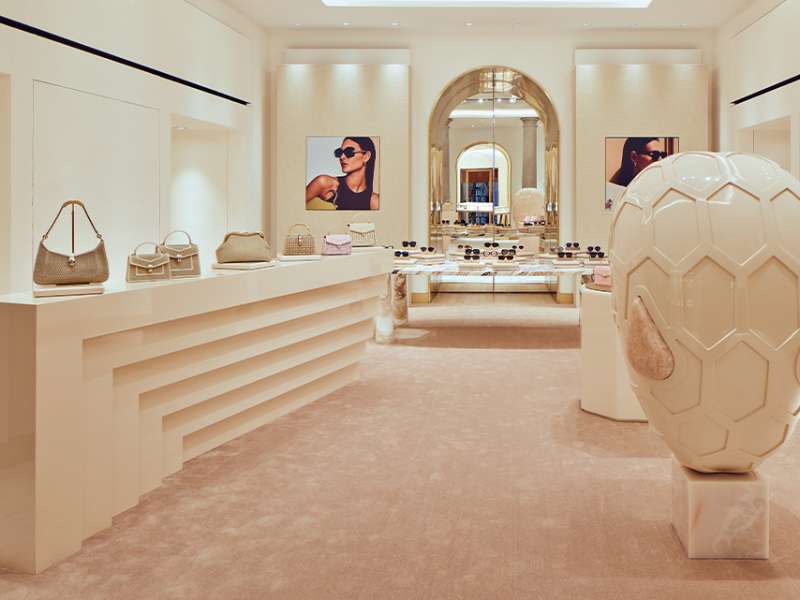
Summer fashion in our sights. Milan Fashion Week saw the debut of Bulgari's summer Leather Goods & Accessories collection at the Bulgari boutique, as well as the SS 2024 Eyewear Collection. Iconic Bulgari motifs like B.Zero1 and Serpenti are interwoven throughout the summer line, making appearances on handbags, sunglasses and scarves. It's an ...